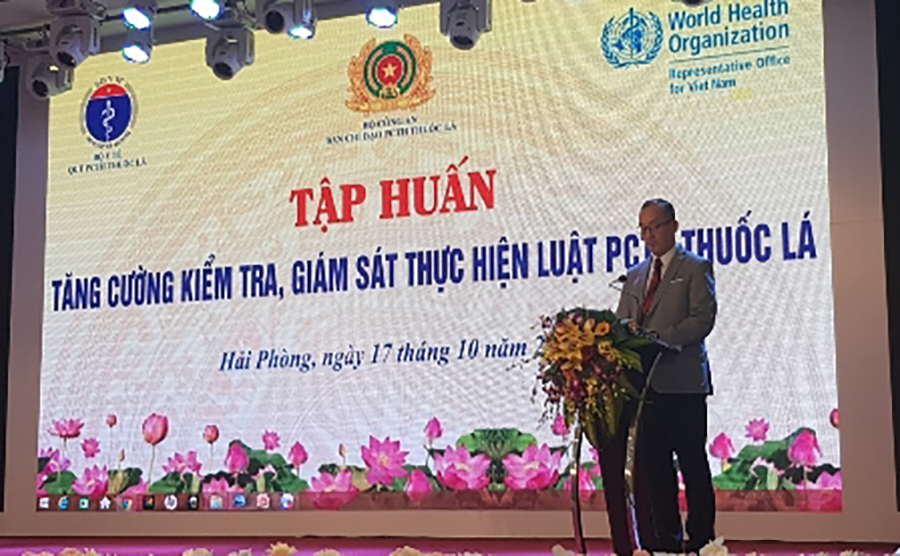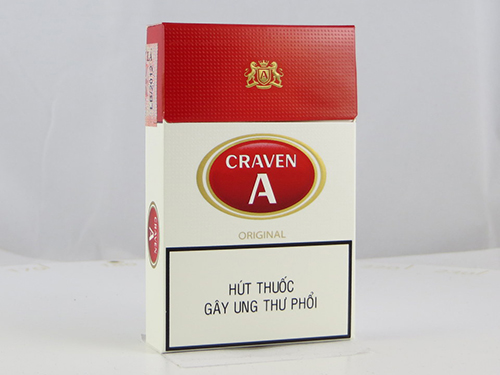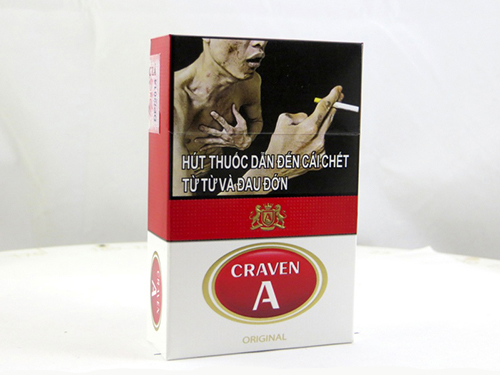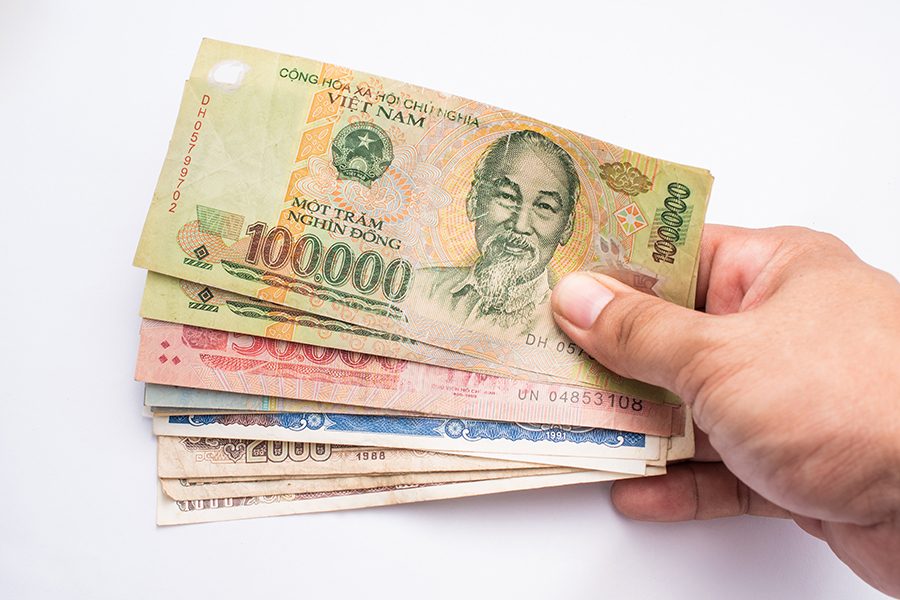Current Tobacco Use:
Adults
Youth
Population:
95.5 million
Adult Tobacco Smokers:
15.6 million
Annual Deaths Due to Tobacco:
134,300
Monitor tobacco use and prevention policies
Data are necessary to implement and evaluate effective tobacco control policies. The Global Adult Tobacco Survey (GATS) is a global standard for systematically monitoring adult tobacco use (smoking and smokeless) and tracking key tobacco control indicators.
In Viet Nam, the Ministry of Health in collaboration with Hanoi Medical University and General Statistics Office of Viet Nam conducted GATS Round 1 in 2010 and GATS Round 2 in 2015.
Adult tobacco smoking remained about the same
GATS Viet Nam 2010 and 2015
Note: All comparisons presented in this graph are not significant at p<.05; Difference may be explained by chance and may not reflect a true difference.
Protect people from tobacco smoke
There is no safe level of exposure to secondhand smoke. The sole intervention that can fully protect people from the health dangers of secondhand is creating environments that are completely smoke-free without any exceptions.
Campaign to Protect People From Secondhand Smoke
Viet Nam implemented numerous campaigns to educate on the harms of secondhand tobacco smoke.
In 2018, a joint social media campaign called “Respect” (#HãyTônTrọng in Vietnamese), was led by the World Health Organization Viet Nam, in collaboration with several key partners and encouraged the public’s participation in calling for respect for the law banning smoking in indoor public and workplaces and respect for the health of people who could be exposed to secondhand smoke. #Respect Campaign
Partnerships to Strengthen Enforcement of Smoke-Free Environments
The Ministry of Health, represented by the Tobacco Control Fund, and the Ministry of Police, with support from the World Health Organization held a workshop to train police officers as well as hotel and restaurant managers to build capacity for implementing smoke-free environments for healthy living.

Offer help to quit tobacco use
When informed of the risks, most tobacco users want to quit, but few get help and support to overcome their dependence. There are several evidence-based supports that can increase the chance to quit successfully.
Smoking Cessation Programs
In May 2013, Viet Nam’s Tobacco Control Fund (TCF) was established as part of the Viet Nam Tobacco Control Law. The TCF provides financial resources for various tobacco prevention and control programs including smoking cessation programs.
Adult smokers who were asked about smoking status by a health care provider and received advice to quit increased significantly
GATS Viet Nam 2010 and 2015
*Comparisons are significant at p<.05; Difference is larger than can be reasonably explained by chance and therefore reflects a true difference.
-GATS Viet Nam 2015
Warn about the dangers of tobacco
Effective health warning labels provide health messages directly to tobacco users, which raises awareness of their health risks and increase the likelihood that they will reduce tobacco use or quit altogether.
Health Warning Labels on Tobacco Packaging
Viet Nam introduced pictorial health warning labels on tobacco packaging in 2013. As part of the Law on Prevention and Control of Tobacco Harms that came into effect on 1 May 2013, 50 percent of the surface of tobacco packaging must be covered with pictorial and text health warnings on the front and back of packaging. The size of warnings is set to increase in coming years. Misleading terms are prohibited, with the exception of certain terms that were registered as intellectual property prior to the Law on Prevention and Control of Tobacco Harms.

Collection date: Jun 2013

Collection date: Oct 2015
Enforce bans on tobacco advertising, promotion and sponsorship
Tobacco advertising, promotion and sponsorship (TAPS) increase tobacco use. Comprehensive TAPS bans have shown to reduce tobacco consumption.
Viet Nam Prohibits TAPS
As a part of the Law on Prevention and Control of Tobacco Harms that came into effect on 1 May 2013, Viet Nam prohibited tobacco advertising and promotion, with the exception of point of sale displays of tobacco products. Displays for tobacco products are restricted to one pack, carton, or box of each cigarette brand. There are limited restrictions on tobacco sponsorship and the publicity of such sponsorship.

Raise taxes on tobacco
The most effective way to reduce tobacco use and encourage tobacco users to quit is to raise taxes to increase the price of tobacco products.
Viet Nam Tobacco Control Fund
As part of the Viet Nam Tobacco Control Law, passed on 18 June 2012, the Tobacco Control Fund (TCF) was established. The fund helps to secure a source of funding through a tax to accelerate the implementation of the World Health Organization Framework Convention on Tobacco Control (WHO FCTC).
In Viet Nam, taxes are collected as a percentage of the factory price (ad valorem tax).




